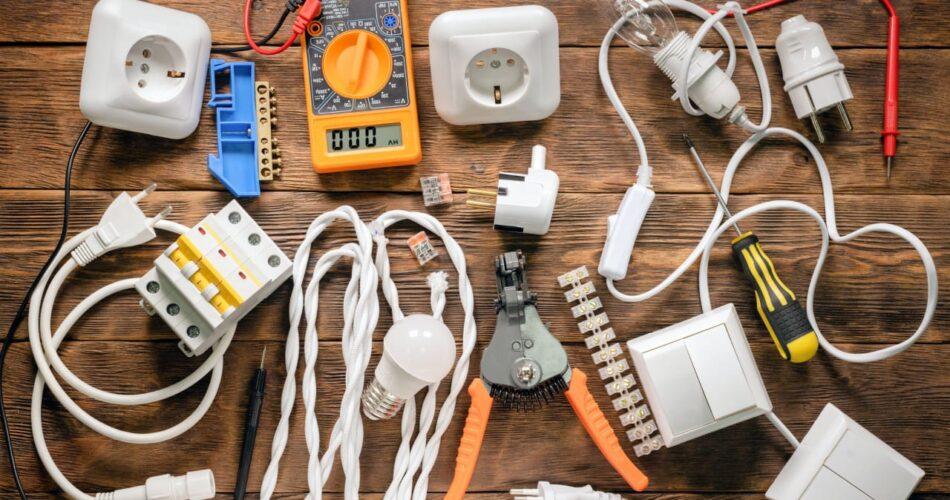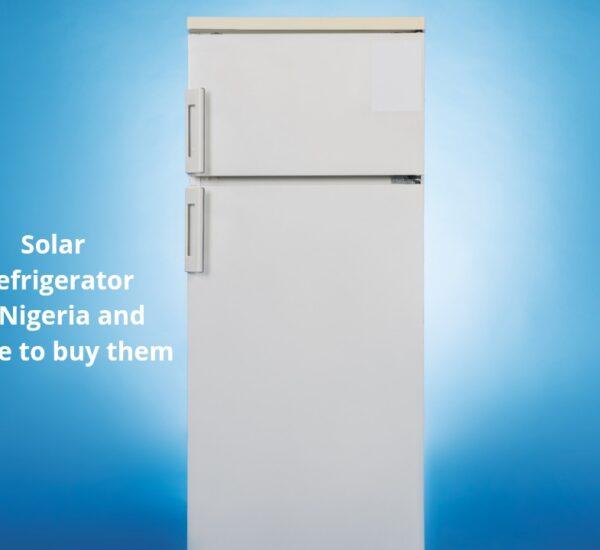The major power source that keeps our electrical devices running on a daily basis is electricity. As more people use various sorts of electrical gadgets in their homes, the necessity for electrical repairs is becoming more common. Many homes use electrical equipment without following basic safety guidelines. As you read along with this article, you’ll learn the meaning of electric equipment, its kinds, and tips on how to maintain them.

What is Electric Equipment?
Any apparatus, appliance, cable, conductor, insulator, fitting, material, meter, or wire used for controlling, supplying, generating, transforming, or transmitting electricity at a voltage greater than extra-low voltage. Or operated by electricity at a voltage greater than extra-low voltage, is referred to as electrical equipment.
What are the kinds of Electric Equipment?
There are some kinds of electric equipment you should know. They include the following:
- circuit Breaker
- Magnetic Starter
- Generating sets
- Lightening (Explosion-proof)
- Panel Boards
- Transformer
- Cabling and Glands
- Contractors
- Relay
- Electric Conduits
- Switches
1. Circuit Breakers
A circuit breaker is an electrical switch that operates automatically to safeguard a circuit from damage caused by overload or a short circuit. Its primary duty is to identify a fault state and instantly A circuit breaker can be reset (manually or automatically) to return to normal operation, unlike a fuse, which only works once before you’d need to replace it.
Read- Heat Pumps- Everything you need to know.
2. Magnetic Starters
A magnetic starter is an electromagnetically operated switch that provides a safe way to start a large-load electric motor. Under-voltage and overload protection, as well as an immediate cut-off in the event of a power outage, are all features of magnetic starters.
Read about battery recycling- Everything you need to know.
3. Generating Sets
Electric generators convert mechanical energy to electrical energy. Electrical current is forced to flow across an external circuit by a generator. Mechanical energy can be generated by a reciprocating or turbine steam engine, water falling through a turbine or waterwheel, an internal combustion engine, wind turbine, hand crank, compressed air, or a variety of other sources. Approximately all of the electricity used by electric power systems is generated by generators. Members of our staff have a lot of expertise supplying electric generators and can help with a lot of the specifications.
4. Lighting (Explosion Proof)
This comprises a wide selection of explosion-proof lighting, which is commonly employed in industries that must work in a gaseous atmosphere.
5. Panel Boards
Panelboards are an electrical supply system component that divides an electrical power supply into subsidiary circuits while also providing a protective fuse or circuit breaker for each circuit in a single enclosure. Normally, the main switch is used, but newer boards may also include one or more Residual-current devices (RCD) or Residual Current Breakers with Overcurrent Protection (RCBO).
Read about the Top 11 Solar Companies in Nigeria.
6. Transformers
A transformer is a static electrical device that uses inductive coupling to transmit energy between its winding circuits. A changing current in the primary winding causes a changing magnetic flux in the transformer’s core and, as a result, a changing magnetic flux in the secondary winding. In the secondary winding, the variable magnetic flux causes a varying electromotive force (EMF), or “voltage.”
Read about Renewable Energy in Nigeria.
7. Cabling and Glands
A cable is made up of two or more wires that are connected, twisted, or braided together to form a single unit.
8. Contactors
A contractor, similar to a relay but with higher current ratings, is an electrically controlled switch used for switching a power circuit. A circuit that controls a contactor has a substantially lower power level than a switched circuit. Cutler-Hammer and Schneider Electric are two of our long-term vendors, and we receive special prices on their products.
8. Relays
A relay is a switch that electricity controls. Many relays use an electromagnet to mechanically operate the switching mechanism, although other working principles are sometimes used. Relays are used when a low-power signal is needed to control a circuit (with complete electrical isolation between the control and controlled circuits) or when a single signal must control numerous circuits.
10. Switches
A switch is an electrical component that can break an electrical circuit. Besides that, it halts the current or divert it from one conductor to another in electrical engineering.
11. Electric Conduits
Electrical conduits are plastic, fiber, or metal-made pipes that are used to protect cables and wires. Many people use it in their homes and business building, especially for wiring that’s exposed or installed outside.
5 Tips to Maintain your Electric Equipment
Here are a few tips to help homeowners maintain their electrical equipment and keep it running longer:
1. Check electrical cords
Keep an eye on your electrical cords on a regular basis to ensure they are in good working order. Electrical cords can be a risky component since they transport electrical current from the outlet to your device.
Check that your cords aren’t going through open doors or under rugs. Electrical repairs should be sought as soon as possible if you see damaged electrical cords.
2. Don’t use too many extension cords
Extension cables are intended to be used just for a short period. Homeowners frequently purchase many extension cords to use throughout the house. You and your property may be exposed to an electrical hazard as a result of this.
Rather than relying on extension cables, hire an electrician to add more electrical outlets in your home.
3. Use one heater per outlet
Another common blunder is plugging many space heaters into a single outlet. To produce heat, space heaters, coffee makers, toasters, and other such gadgets use a lot of electricity. When you plug in multiple devices at once, the breaker may trip, or the outlet may become damaged.
4. Check for overheating of outlets and switches
If you notice that your outlets and switches are frequently overheating, it could be a sign that your electrical system’s wiring is malfunctioning. You should respond quickly to such an issue by hiring an electrician to make the necessary electrical repairs. Electrical fires in houses are frequently caused by overheating outlets.
5. Get an electrician for all the professional work
As far as possible, you should avoid performing intricate electrical repairs in your home. Leave complicated electrical repairs to a professional. They have the knowledge and experience to diagnose issues with your electrical equipment and repair them in a safe and timely manner.
Is there any difference between electrical tools and equipment?
You might want to know the difference between electrical tools and equipment. Anything that you can use to achieve a purpose might be considered a tool. The term “equipment” usually refers to a set of tools that are used to accomplish a specific goal. A tool can also be non-mechanical. However, when it comes to equipment, there is a mechanical component that must be overlooked.
Conclusion
This article has taken you through the meaning of electric equipment, its kinds, and tips for maintaining them. However, it’s cool to assume that you can leverage the knowledge this article offers users of electricity. You need to maintain this mentioned electric equipment appropriately for your safety and that of your environment.



